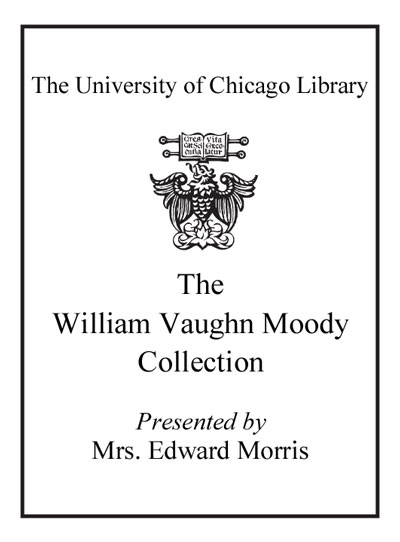| Summary: | "This dual biography takes on the daring task of examining how two women, who didn't feel like women, survived as a couple, raising an illegitimate child during a period when such arrangements were frowned upon, if even recognized. When they met in 1918, H.D. (born Hilda Doolittle in 1886), had already achieved recognition as an Imagist poet, engaged in a lesbian affair, was married to a shell-shocked adulterous poet, and was pregnant by another. She fell in love with Bryher (born Annie Winifred Ellerman in 1894), trapped both in a female body and in the shadow of her father, Sir John Ellerman, a wealthy shipping magnate. They felt a telepathic and electric connection, bonding over Greek poetry, geography, ancient history, and a shared bodily dysphoria. Bryher introduced H.D. to cinema, psychoanalysis, and politics, herself rescuing refugees from Nazis throughout the 1930s. Bryher engaged in legal strategies to protect H.D., marrying Kenneth Macpherson, who adopted H.D.'s child and collaborated with the couple in filmmaking, discovering his queerness. Both H.D. and Bryher were on vision quests, and their cerebral eroticism led them to otherworldly experiences. During World War II, they held séances in London. After "V-J Day" was announced, H.D. had a severe nervous breakdown, which Bryher, taking great pains, ensured she survived. As a love story born out of war and modernism, the book speaks to their struggles to escape binary gender, homophobic and white supremacist agendas, while celebrating their creative triumphs and courageous aspirations"--
|
|---|

